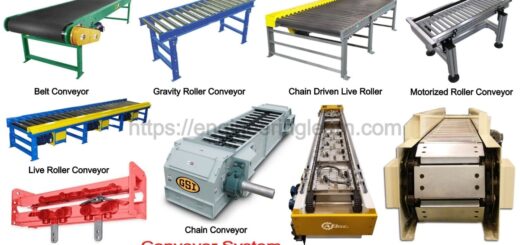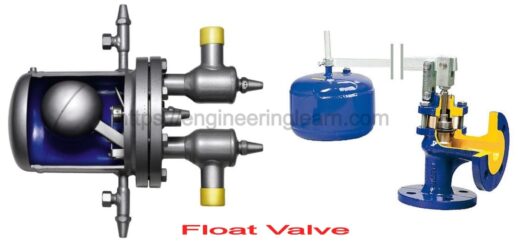Types of Metals and Their Uses [with Pictures]
![Types of Metals and Their Uses [with Pictures]](https://engineeringlearn.com/wp-content/uploads/2021/08/Metals-1024x539.jpg)
General Introduction of Metals?
Types of Metals and Their Uses [with Pictures] :- The significance of metals and advancement in the manufacturing processes has resulted into the much needed industrial revolution. This revolution has contributed to an escalated growth of human civilization bringing us where we are today. Today, we find numerous types of metals in our surroundings. From the nib of your pen to the big steel bridges, everything big or small is made up of metals. To our surprise there are more than eighty different types of metals found in the world today.
Definition of Metals
Metals are defined as minerals or substances that are found naturally below the surface of the earth. Most metals are found to be lustrous or shiny. Metals are inorganic substances, which imply they’re product of substances that were never known to exist. Metal is incredibly sturdy and so is employed to form several things. These are used for manufacturing vehicles, computer items. Satellites, preparation utensils, etc. Most metals are found to be exhausting however some aren’t. Sodium and potassium are those metals that may be cut by knife whereas mercury could be a liquid metal at temperature. On the other hand metals such as iron, copper, steel etc. are found in solid state.
Classification of Metals
A) Classification by Iron Content
The most prevalent method of classifying metals is by iron content they have. A metal containing iron is called ferrous metal. The iron is responsible for magnetic properties of the metal and also makes them susceptible to corrosion. Metals not containing iron content are called non-ferrous metals. These metals do not exhibit any magnetic properties. Examples aluminum, lead, brass, copper and zinc.
B) Classification by Atomic Structure
The metals can also be classified depending upon their atomic structure according to the periodic table. Going by the periodic table a metal may be categorized as alkaline, alkaline earth, or a transition metal. Metals coming in the same group behave alike when reacting with other elements. Hence these metals exhibit analogous chemical properties.
C) Classification by Magnetic and Non-Magnetic Metals
Another means to distinguish metals is studying their behaviour or interaction with magnets. Analysing their behaviours towards magnets helps to classify them as magnetic or non magnetic.
The ferromagnetic metals are strongly attracted towards magnets; the paramagnetic metals display weak interactions. Diamagnetic metals on the other hand shows loose repulsion towards magnets.
Types of Metals
Metals are found to exist into 2 main types: ferrous metals are those that contain iron and non-ferrous metals that are those that contain no iron.
A) Ferrous Metals
The word ferrous itself comes from Latin in which the word is ferrum and means an iron containing compound of metal. Metals with considerably scarce amounts of iron in their composition aren’t classed as ferrous metal. The iron in ferrous metals tends to induce some properties in them namely magnetic, of high strength and hardness. However, their characteristics will disagree greatly looking on the wide range of alloying parts of that they’re created from. Metallic element metals are liable to rust once exposed to wet conditions as they need a high carbon content.
Some common metallic element metals embody steel, forged iron and iron. These metals are prized for his or her enduringness and sturdiness. Steel – additionally called structure steel – could be a staple within the industry and is employed within the tallest skyscrapers and longest bridges. Ferrous metals also are utilized in shipping containers, industrial piping, vehicles, railroad tracks, and plenty of business and domestic tools. Metallic element metals have a high carbon content that usually makes them liable to rust once exposed to wet. There are 2 exceptions to the current rule: Iron resists rust thanks to its purity and stainless-steel is protected against rust by the presence of metallic element.
Most of the metals which are ferrous in nature are hugely magnetic thus making them a very helpful material for making motors and electrical applications, etc. The utilization of ferrous metals in your icebox door permits you to pin your searching list on that with a magnet.









